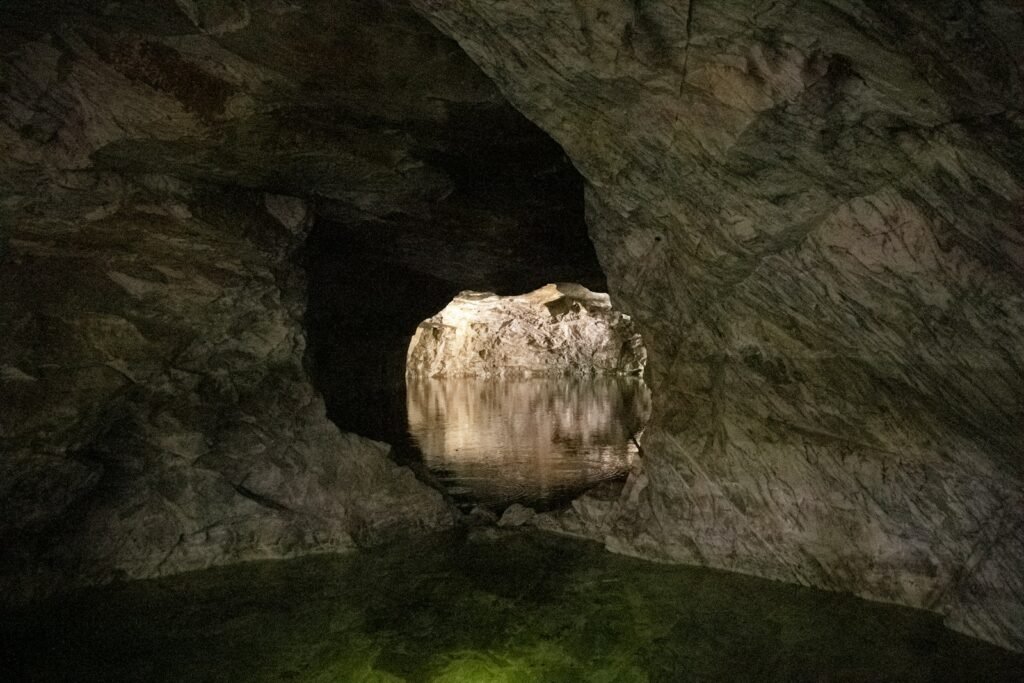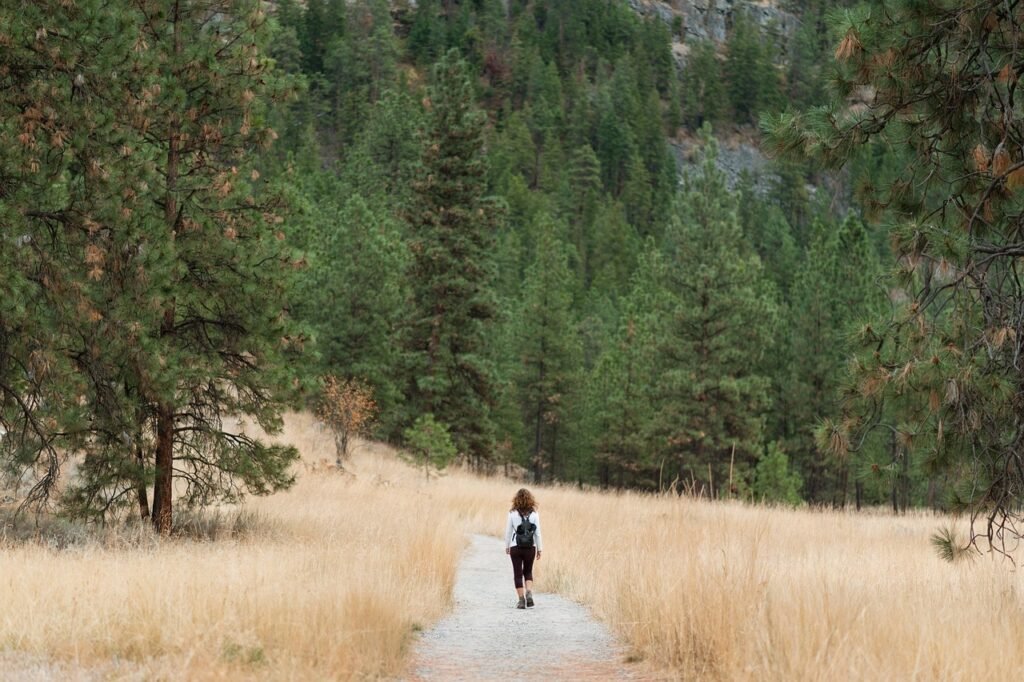Once nearly vanished from our continent, these massive mammals are proving to be nature’s ultimate engineers. You might think their story ended tragically in the 1800s when hunters reduced their numbers from tens of millions to just a few hundred survivors. But today, something remarkable is happening across America’s heartland.
The return of bison isn’t just about saving an iconic species. These gentle giants are literally reshaping entire landscapes, fighting climate change, and healing broken ecosystems in ways scientists never fully imagined. From sacred tribal lands to vast conservation reserves, bison are teaching us that restoration means more than bringing back animals – it means bringing back the soul of the prairie itself.
The Near Extinction and Miraculous Recovery
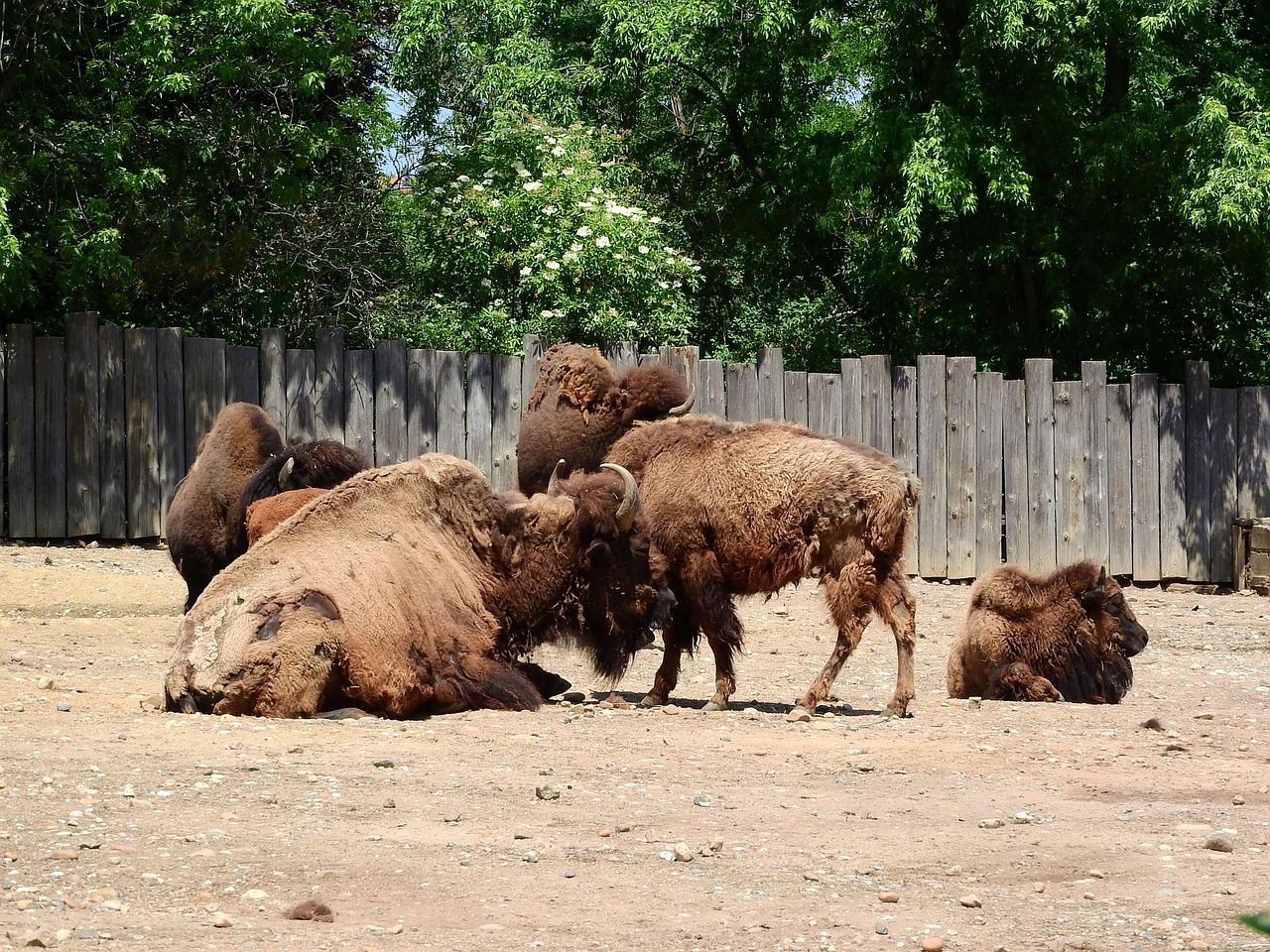
Once numbering in the tens of millions, they dominated landscape until the late 1800s, anchoring a remarkable ecosystem that contained perhaps the greatest concentration of mammals on Earth. That abundance was wiped out as settlers and the U.S. government engaged in a brutally effective campaign to eradicate the ecosystem and the native cultures that relied on it. Bison were shot by the millions, sometimes for “sport,” sometimes for profit, and ultimately to deprive Native Americans of vital resources. By 1890 fewer than 1,000 bison were left, and the outlook for them was bleak.
The scale of this destruction was staggering beyond imagination. Hunters killed millions, leaving their carcasses to rot on the plains. The impact was devastating, nearly wiping out the buffalo and leading to widespread starvation, poverty, and cultural disintegration among the Plains tribes. Yellowstone National Park, one of the last havens for wild bison, contained about two dozen individuals, the last wild bison in the United States. Together, they carried the fate of the entire species on their broad shoulders.
However, bison were saved through the combined efforts of conservationists, scientists, ranchers and ultimately the general public. Today some 500,000 bison have been restored in over 6,000 locations, including public lands, private ranches and Native American lands. As they return, researchers like me are gaining insights into their substantial ecological and conservation value.
Nature’s Ecosystem Engineers at Work
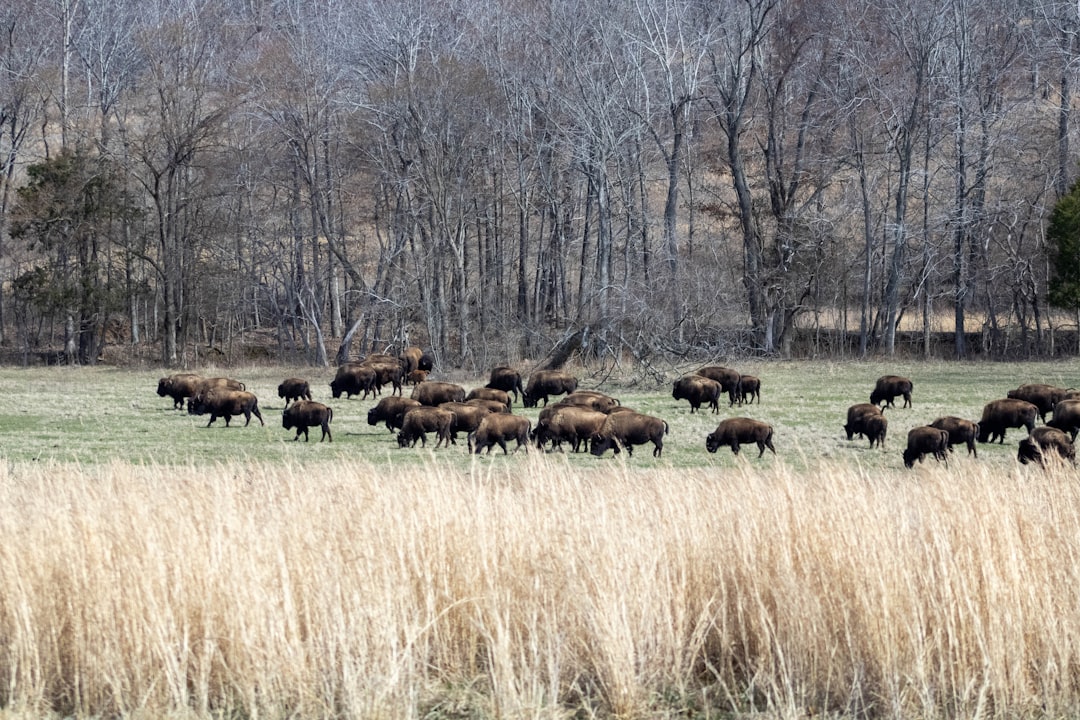
As a keystone species, their behaviors – like grazing, wallowing, and seed dispersal – help shape diverse microhabitats that support birds, insects, amphibians, and plants. These natural disturbances increase landscape diversity and boost ecosystem resilience. Think of bison as living landscape architects, constantly redesigning their environment with every step they take.
Because bison graze in large, dense groups their grazing creates mosaics of different grass heights across the landscape. This heterogeneity is important to many species. For example, the Thick-billed Longspur prefers areas with low vegetation, whereas Sprague’s Pipit and Baird’s sparrow prefer areas with dense vegetation. These and many other interactions between bison and their environment are central to creating the diverse, abundant, and fascinating life of the prairie ecosystem.
The resulting shallow depressions, called wallows, collect seeds that were held in the bison fur and may fill with water in the spring and become mini-wetlands with distinctive vegetation. And, because of their large size, bison are an important protein source for scores of carnivores and scavengers, and their decomposing bones and flesh create rich patches of nitrogen and phosphorus for plant growth.
Climate Heroes in Disguise
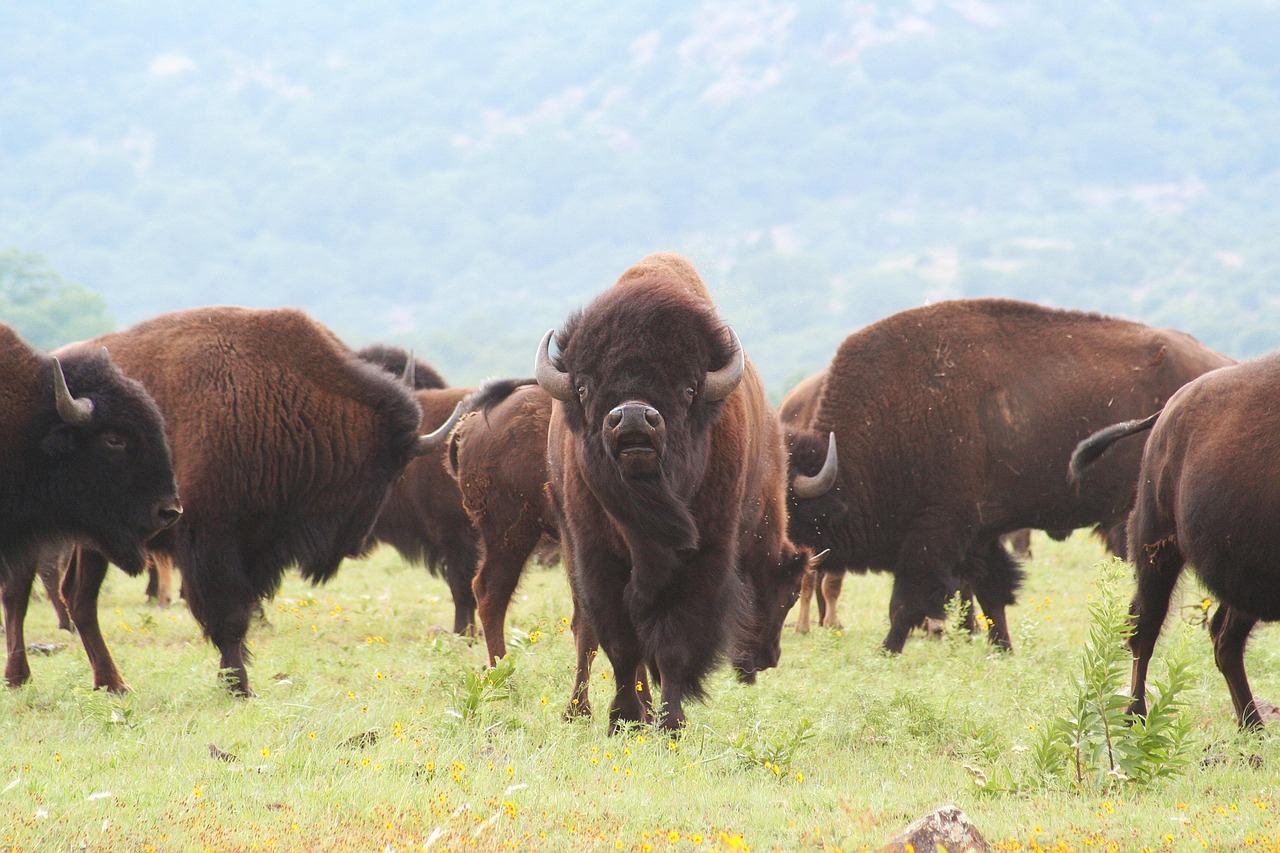
By helping grasslands flourish, these herbivores indirectly increase a grassland’s ability to store carbon. When bison are restored to the landscape, it has been shown that plant species diversity increases, more pollinators are present, and grassland bird numbers increase (conversely, all of these experienced declines with the decimation of the bison).
Recent research reveals truly astounding numbers. According to a non-peer reviewed modeling study (based on a peer-reviewed model), the Țarcu grasslands currently lock away 10 times more carbon that they did when the bison were absent from the ecosystem. To put this in perspective, The research team found that the bison could potentially capture another 59,525 tons of carbon annually. The team said the number corresponds with the amount of annual carbon dioxide released by an average of at least 43,000 gas-powered cars in the U.S.
By grazing and wallowing, bison break the soil’s surface to allow rainfall to be absorbed into the grassland roots. As bison graze, their vigorous munching spurs the growth of new, nutritious plant shoots, sending roots deeper into the soil, which promotes carbon sequestration. Bison are enthusiastic grazers, and their movements across the grasslands have been referred to as a “green wave,” because it stimulates incredible plant growth across the landscape.
Sacred Partnerships with Native Nations
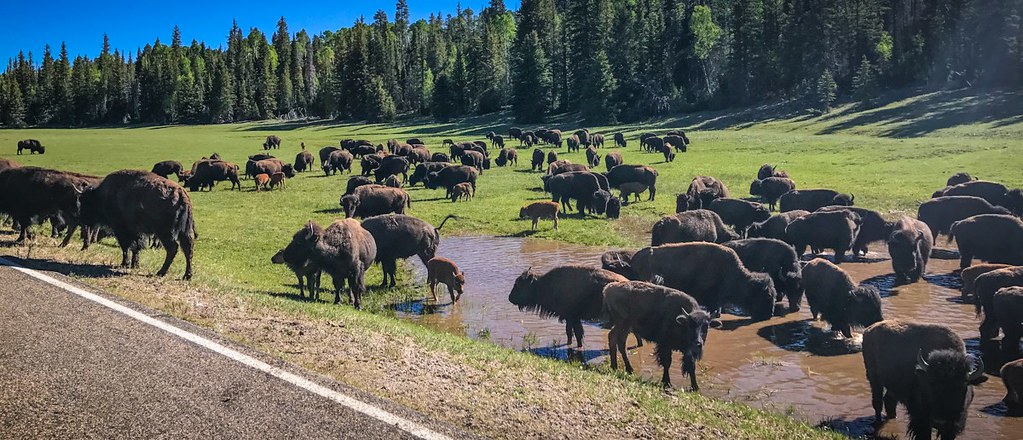
For Plains Indians, food sovereignty is directly tied to re-establishing bison herds within their reservations and traditional lands. This isn’t just about conservation – it’s about cultural survival and healing. Over the past few decades, Tribes have worked toward the reclamation of food security (having available and accessible food) and sovereignty (ability to access healthy and culturally appropriate food). For Plains Indians, food sovereignty is directly tied to reestablishing bison herds within their reservations and traditional lands.
It was a return of wild bison to the people for whom the wild bison had meant everything,” says Earthjustice attorney Tim Preso, who began his legal career protecting bison. After Earthjustice’s successful litigation, a new chapter of bison restoration began on where bison formerly roamed. The emotional impact cannot be understated: When you have a people that have a history … with these magnificent animals, their absence has been felt tremendously. … And now that they’re back, our people are more centered,” says Stoney Anketell of the Fort Peck Tribal Board.
Beginning in the late 1990s, Native Nations collaboratively established bison herds on Tribal lands. Organizations like the InterTribal Buffalo Council, representing 82 recognized Tribes, currently facilitate education and training programs on bison and reintroduction.
Climate Resilience in Action
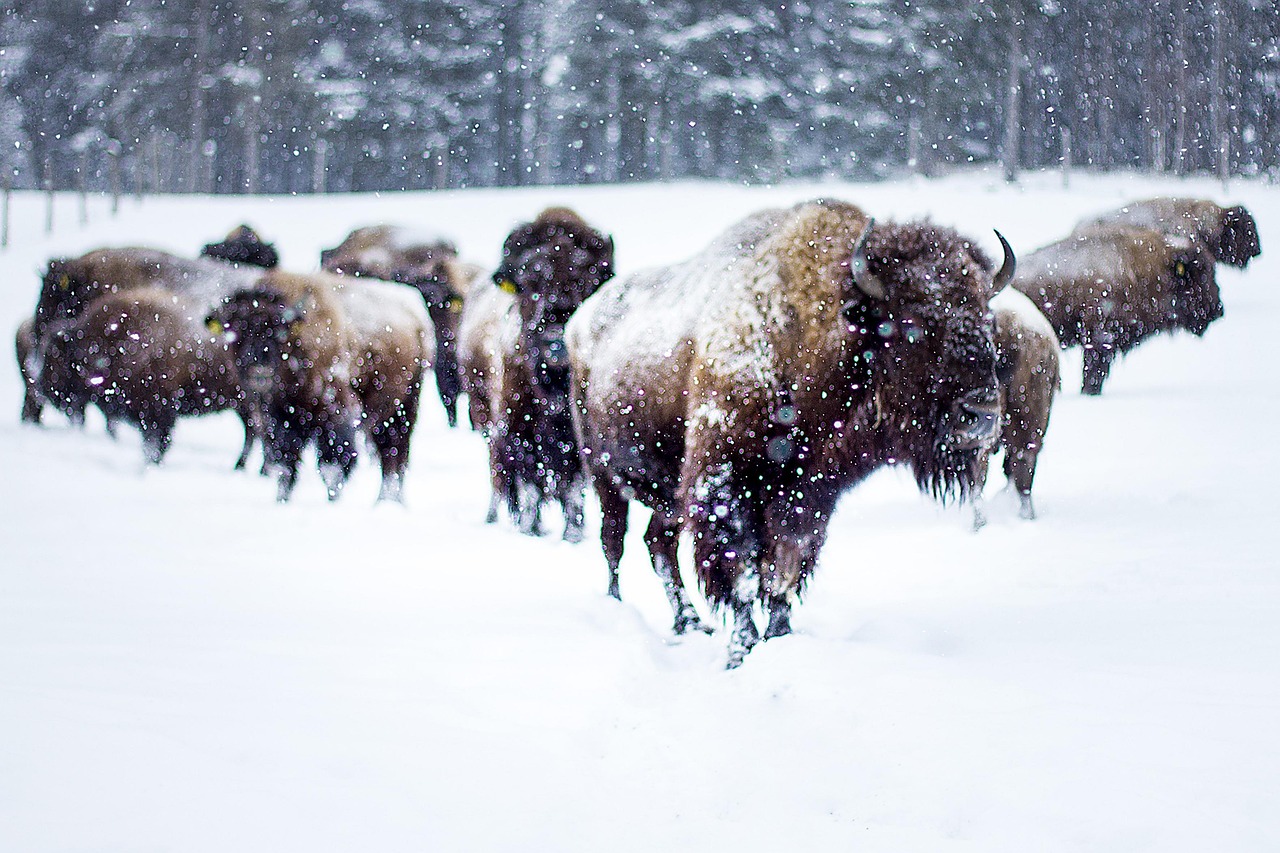
Moreover, bison are more tolerant of extreme heat and seek shade and water (i.e., stock ponds and riparian areas) less frequently than cattle, which in turn reduces sediment load in the sensitive streams that meander through grasslands (Steuter and Hidinger, 1999; Dodds et al., 2000; Allred et al., 2013; Grudzinski et al., 2018). Bison enable stream vegetation to regenerate, enhancing the capacity of the ecosystem to support people and wildlife throughout seasonal and long-term droughts (Boyce et al., in review).
Bison are tolerant of extreme heat and respond to warming and drought by changing their diet and losing body mass. They seek shade and water less frequently than cattle, which in turn reduces sediment load in grassland streams. Under current grazing managements, bison enable vegetation to regenerate, increasing the capacity of the ecosystem to support people and wildlife throughout seasonal and long-term droughts that are increasing across the region.
Fortunately, because bison have lived for millions of years in this landscape, they have evolved with the ecosystem and their natural behaviors work in concert with the rest of the prairie.
The American Prairie Success Story

Thanks to donors and collaborators, we reintroduced bison on our lands in 2005, returning a species that had been gone from the landscape for more than 120 years. The transformation has been nothing short of spectacular. The 16 animals that were released onto American Prairie in 2005 represented a return nearly a century in the making. Twenty years later, the American Prairie herd contains about 800 animals, divided across two properties where they roam a combined total of nearly 60,000 acres.
The vision extends far beyond current success. The American Prairie Reserve, a Montana-based nonprofit, has a big and controversial idea: creating an ecologically functioning 3 million acre preserve of private, public and tribal lands in northeast Montana, with a herd of over 10,000 bison – the largest single population in the world. Although this would be small compared to the millions that once existed, it still would be something to see.
By partnering with conservation organizations and the Intertribal Buffalo Council, American Prairie has distributed more than 550 bison to various tribes and conservation herds across the United States. By partnering with conservation organizations and the Intertribal Buffalo Council, American Prairie has distributed more than 550 bison to various tribes and conservation herds across the United States.
Visible Changes from Space
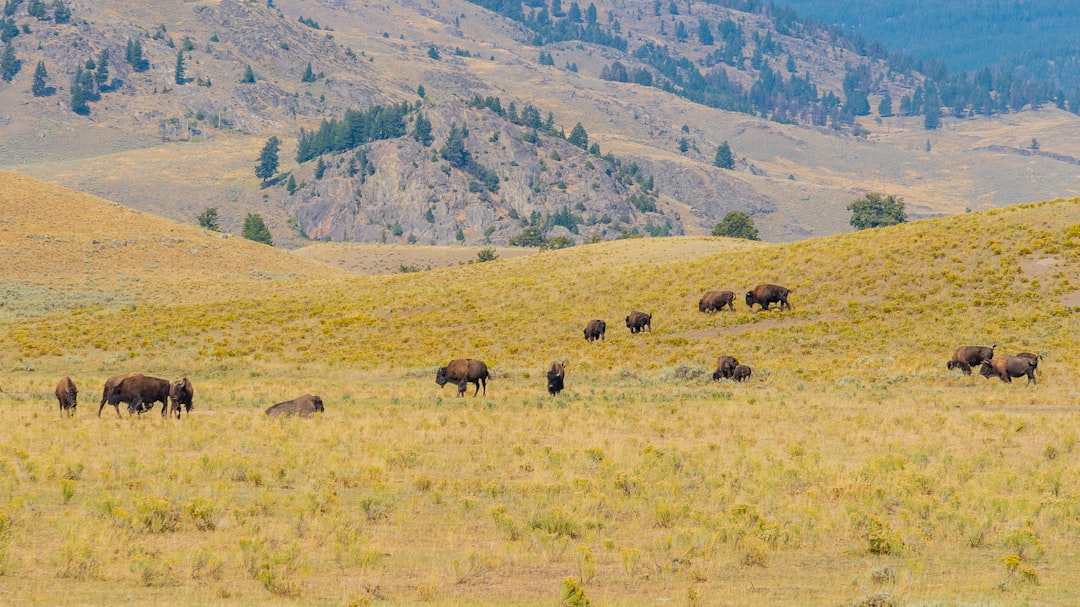
The impact of bison restoration is so dramatic that satellites can detect the changes. This effort expanded, further rewilding buffalo in the plains, and has been so successful that their impact on the landscape can be seen from space. As they forage for grass, their powerful hooves and hungry mouths manipulate the landscape so fundamentally that they turn back the clock on spring, lengthening the growing season and creating greener and more nutritious grasses overall. The impact is so dramatic, scientists can see it from space.
The presence of buffalo, which can weigh upwards of 2,000 lbs., helps build resilience against a changing climate. Bison hooves work the ground to create space for new plants to grow, their droppings provide nutrients for soil microorganisms, and native grass seeds can stick to their fur and disperse as the animals move across the land. Their grazing behavior and the effects they have on the prairie help a wide range of wildflowers, plants, insects and amphibians to flourish.
This visible transformation reflects deep ecological changes happening beneath the surface of the grasslands.
Soil Health Revolution
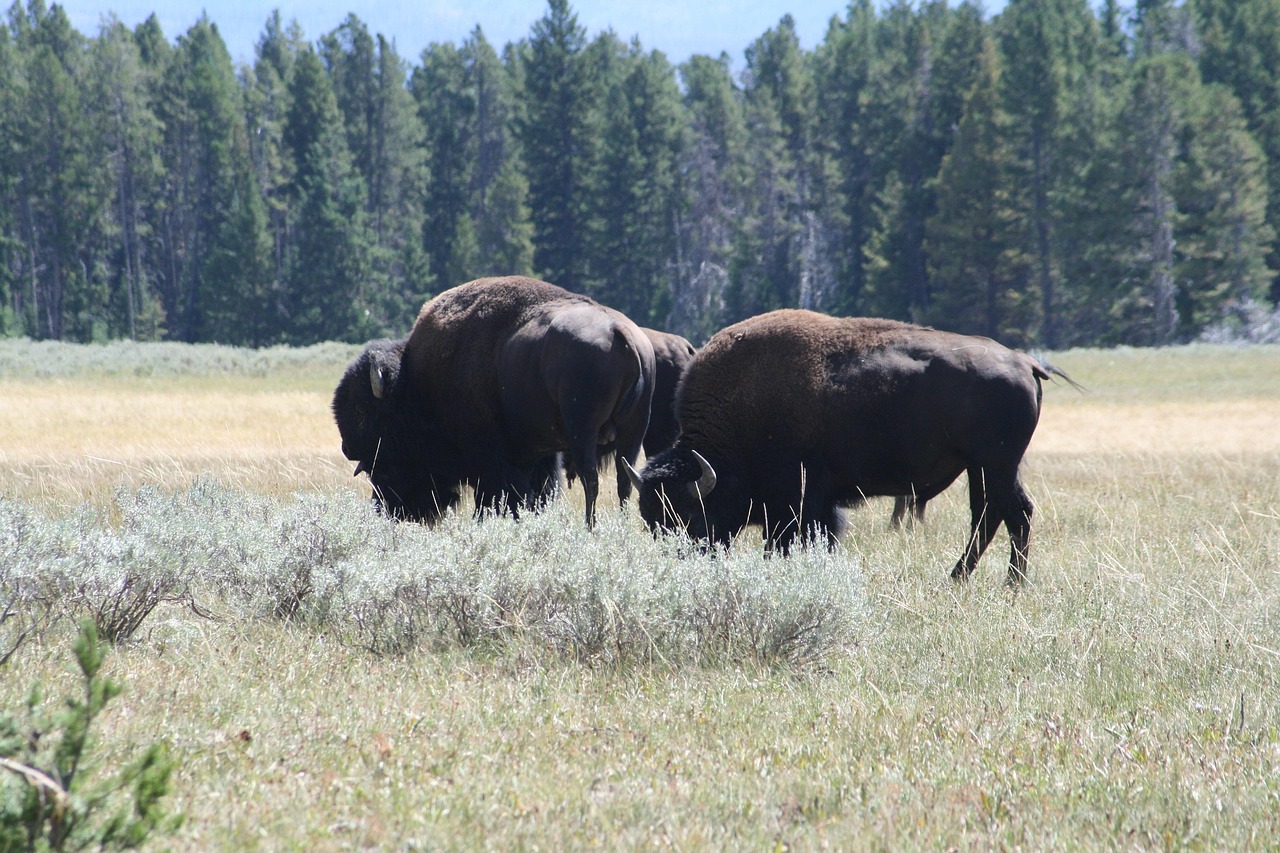
It’s amazing what happens using bison as a tool to fertilize with their dung and urine. Their hooves break up the soil that needs to be broken up and they put down litter that covers bare soil, and with climate change, as you know, bare soil is the worst thing ever. The science backs up these observations with impressive numbers.
Wild Idea Buffalo Company and affiliated ranches are positively impacting over 400,000 acres of grasslands, which actively sequester over 388,000 metric tons of carbon! Last year, a team from the Wisconsin-based Applied Ecological Services conducted testing to see how much carbon 777 Bison Ranch was sequestering, along with the plant diversity and water infiltration as compared with other ranches in the area that use traditional grazing methods. “We had twice as many native species in our grass than our neighbors,” Hillenbrand said. “We created inches of topsoil and when you think how long it takes to build topsoil and we did it in 30 years, it’s kinda cool.”
In our current climate reality, with fire seasons that are increasing in frequency and duration, grasslands are capable of sequestering more carbon than forests. Quite simply, grasslands are more adaptive to climate change, keeping carbon underground, safely stored in roots and soil.
Supporting Wildlife Communities
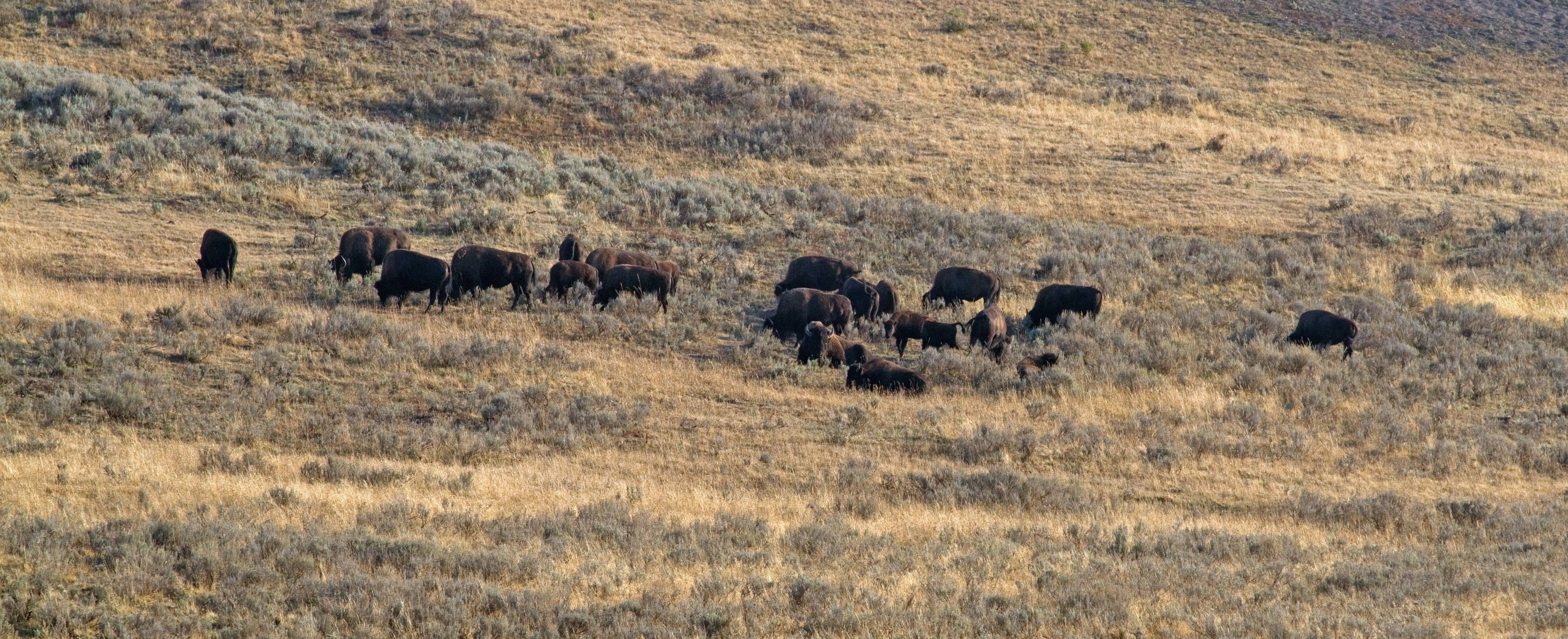
In winter, as bison herds clear paths through the snow, pronghorn and elk are able to forage in their wake. The bison’s sharp hooves also leave divots that aerate the soil and allow water to soak into the ground, nourishing native plants and creating aquatic habitats for other wildlife. These seemingly simple actions create cascading benefits throughout the ecosystem.
Bison play a vital role in the health of , which is home to one of the world’s last temperate grasslands. Their grazing patterns create nesting habitats for birds, while their dung spread seeds and fertilize grasses. Bison foraging also creates ideal habitat for creatures like this prairie dog, which in turn feed coyotes and other natural predators. Even in death, bison create new life. When left on the prairie, bison carcasses laden with seeds from wallowing in the dirt can eventually burst into clusters of wildflowers and new grass, which then attract birds, bees, and even pronghorn antelope.
The effect extends far beyond what we might expect from a single species.
Growing Movement Across America
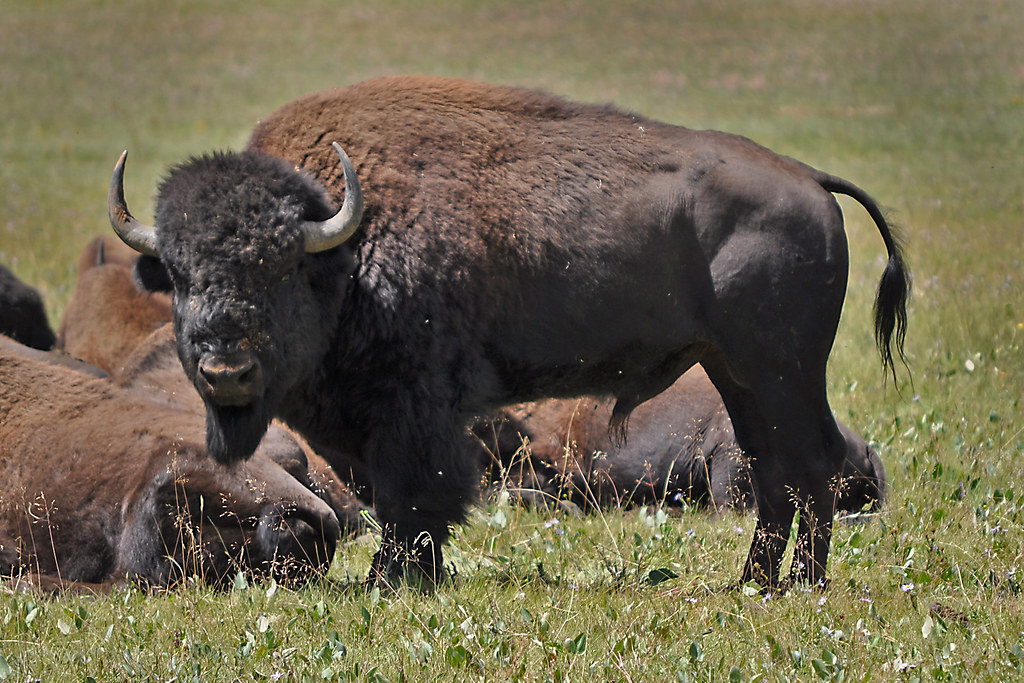
More than a dozen Indigenous communities welcomed more than 540 buffalo, also known as American bison, back to ancestral grazing lands across the nation in 2024 as part of a multi-state, Indigenous-led initiative by the InterTribal Buffalo Council (ITBC), Tanka Fund and partner The Nature Conservancy (TNC). The initiative’s goal is to restore this keystone species, which plays a crucial role in spiritual and cultural revitalization, ecological restoration and conservation, food sovereignty, health and economic development for Indigenous Peoples.
Since 2020, partnerships with organizations such as ITBC and Tanka Fund have facilitated the return of more than 2,300 buffalo from TNC preserves in Colorado, Illinois, Indiana, Iowa, Kansas, Missouri, Nebraska, North Dakota, South Dakota and Oklahoma to Indigenous communities. The momentum continues to build year after year.
The Nature Conservancy is a proud partner of this Indigenous-led movement, and we are thrilled that more than 2,300 buffalo have returned home to their ancestral lands,” said Corissa Busse, Buffalo Restoration Program director for The Nature Conservancy. “The restoration of buffalo has been a profound journey of healing for Indigenous communities and for our prairies and grasslands.
The Future of Prairie Restoration
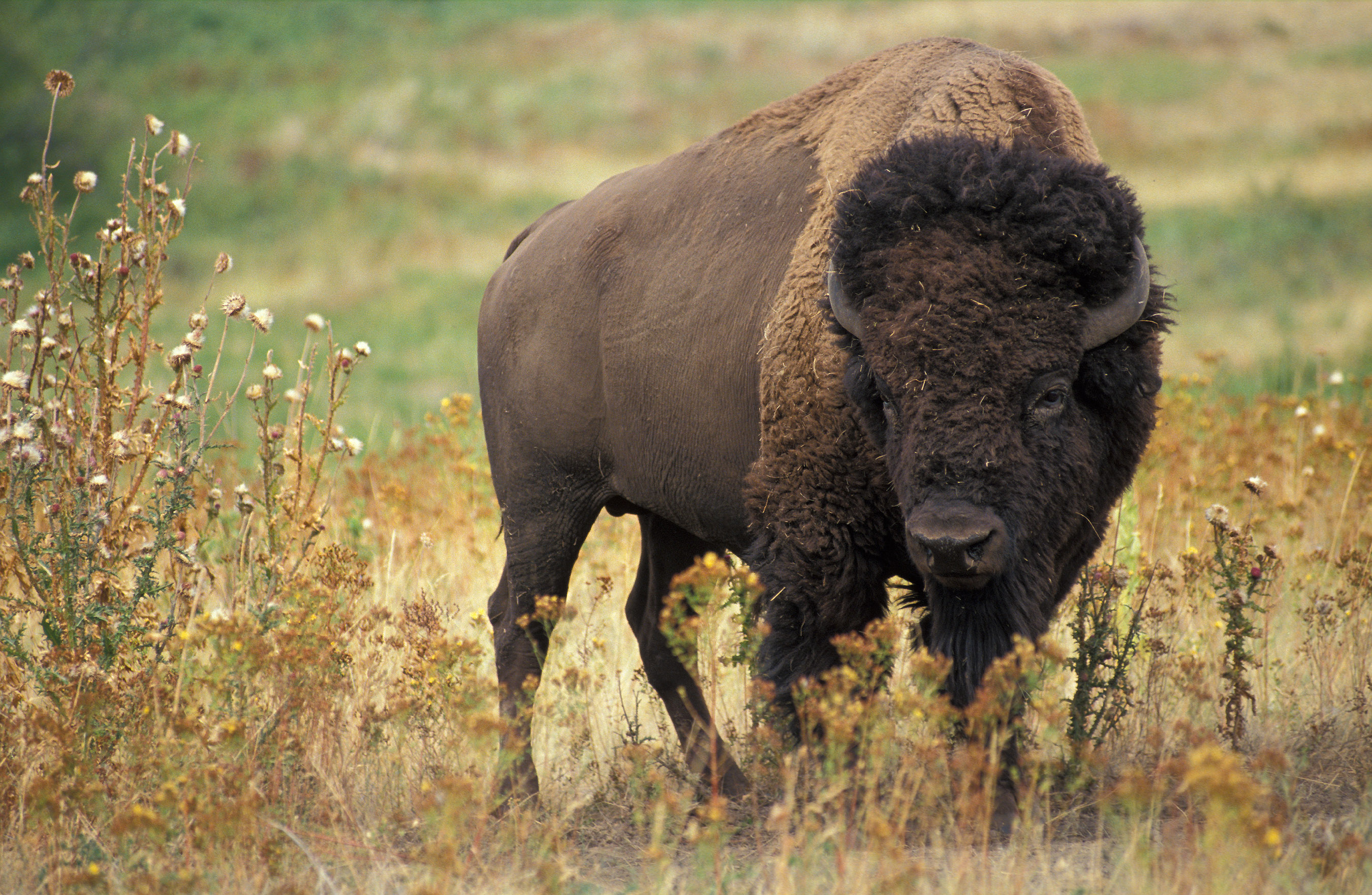
What started as a desperate attempt to save a species has evolved into one of conservation’s greatest success stories. As their comeback continues, I believe that they can teach us how to be better stewards of the land and provide a future for the Plains where ecosystems and human cultures thrive. The implications reach far beyond themselves.
A previous study by Schmitz revealed that if humanity only focused on rewilding nine specific animal groups – marine fish, whales, sharks, gray wolves, wildebeest, sea otters, musk oxen, African forest elephants, and American bison – the planet could absorb an additional 6.4 billion tons of carbon. That’s close to the annual carbon footprint of the U.S. – the second largest emitter of greenhouse gasses.
Our long-term goal is to grow bison herds to a population size that would result in the species fulfilling their ecological role on the landscape. While certainly crucial in building the prairie, bison restoration is just part of a much broader set of goals to restore the ecosystem. By reintroducing keystone species like the American bison, we are not only revitalizing , but also fostering a deeper connection to the natural world and honoring the cultural heritage of Indigenous peoples.
The return of bison to represents more than wildlife conservation. It’s proof that broken ecosystems can heal, that species on the brink can recover, and that humans can learn to work with nature rather than against it. From the carbon they sequester to the communities they support, these magnificent animals are writing a new chapter in the story of the American landscape.
What started with near extinction has become a beacon of hope. The thunder of hooves across the prairie isn’t just an echo of the past – it’s the sound of the future being restored, one grazing season at a time.

Hi, I’m Andrew, and I come from India. Experienced content specialist with a passion for writing. My forte includes health and wellness, Travel, Animals, and Nature. A nature nomad, I am obsessed with mountains and love high-altitude trekking. I have been on several Himalayan treks in India including the Everest Base Camp in Nepal, a profound experience.


